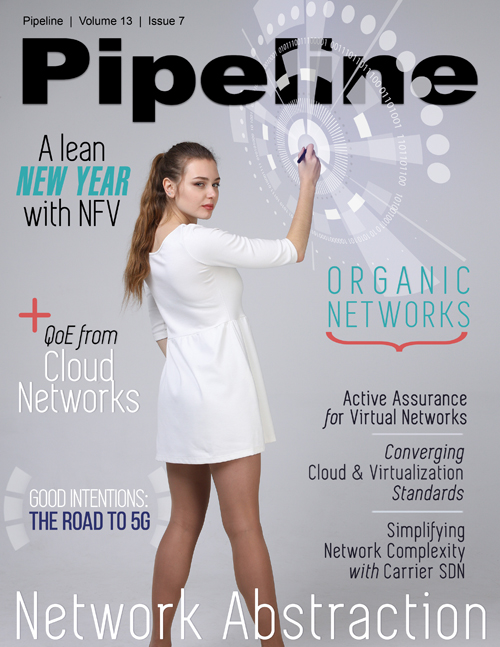Organic Networks: self-managing and self-growing networks
Unbounded scalability does not imply that the network must maintain a static pre-determined architecture and technical foundation. We expect the opposite: organic networks need to be self-renewing and self-healing. In networks, as in biological systems, things go wrong. Components fail, accidents happen. Sometimes people manage to do damage, by mistake or deliberately. Extensive virtualization of all network functions will make it possible for the network to reprogram its own capability when needed for repair or renewal.
Lastly, the network must be able to grow. If it can recognize where its resources (services and consumers) are located, it should be able to grow the network to access those resources. At first, this seems impossible. Fiber and network electronics are quite complex devices and require specialized manufacture. But two future industries in their early childhood will allow networks to grow themselves. First is robotics in construction and transport. It will be possible to create machines which order infrastructure and cable from robotic factories, have it transported by autonomous devices, and lay that infrastructure in place by robots. Second is the development of 3D printers. As these gain multi-material functionality and the ability to do complex fabrication, networks can be grown into the places that need them; just as planes, houses and bridges can be printed today.
Autonomous evolution
Perhaps for the first time, our networks will be complex and pervasive enough to undergo some form of unplanned Darwinian-style evolution. This will either replace or be some as yet unknown offshoot of market competition. While that evolution will be unplanned, it should not be unconstrained. The fitness of the evolving network must be measured by its value to humans, not merely by the system's ability to survive and grow. Somehow the direction of evolution needs to result in the organic network being both unselfish and self-controlled. It should put human interests first, follow international law, and accommodate the inadequacies of human behavior. This differentiates organic network evolution from biological evolution, in which the only driver is fitness for survival and procreation. That’s a big responsibility for our ICT industry.
As part of the wider AI community, more than one metaphor will be used to describe the network’s self-organizing behavior, for example, human health, ant colonies, bee hives, human communities, plant/insect symbiosis and so on. Any biological system that generates emergent large-scale behaviors from relatively simple components may provide insights. However, simple slime molds build distributed connected structures that, when photographed, look just like city network transportation systems. Slime mold is an example of how nature can create complex and fluidly changing forms from simple components following simple rules. So we can build our organic network controller from the emergent intelligence of slime molds.
SlimeNet. You heard about it here first.



















